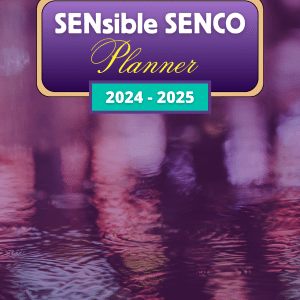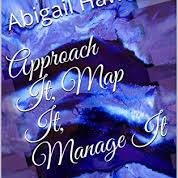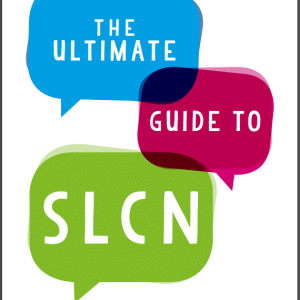Introduction:
Classroom transitions, though seemingly routine, can be significant hurdles for SEND pupils. Each movement between activities or classes can present unique challenges that impact their ability to learn and engage. Today, we delve into techniques that enable smoother transitions within the classroom setting, focusing on sensory considerations and providing insights directly from experienced teachers.
The Impact of Transitions on SEND Pupils:
For SEND pupils, transitions are more than just a physical move from point A to B; they’re about adjusting to new sensory inputs, different expectations, and varying levels of social interaction. Discomfort during these times can lead to a disruption in learning and stress for the pupil. Recognising the nuances of these transitions is the first step in addressing them.
Techniques for Smooth Transitions:
To create a supportive environment, consider the following techniques:
-
-
- Structured Routine: Create a predictable schedule that SEND pupils can rely on. Visual schedules can be particularly helpful, providing clear indications of what to expect next.
- Sensory Adaptations: Be mindful of the sensory changes between environments. For instance, the transition from a quiet classroom to a noisy hallway can be jarring. Offering noise-cancelling headphones or a quiet alternative route can make a significant difference.
- Clear Communication: Use clear, consistent verbal cues to signal transitions. This helps prepare pupils mentally for the change. For those with language processing difficulties, visual or tactile signals can be more effective.
-
Pull-out Quote:
“Comfort in the classroom comes from predictability, understanding, and the gentle navigation of sensory experiences.”
Sensory Considerations:
Sensory sensitivity can profoundly affect SEND pupils, especially during transitions. Sensory-friendly zones, calming corners, and the use of sensory tools like stress balls or fidget devices can provide the necessary support to manage these sensitivities.
Teacher Insights:
Teachers with experience in SEND education offer valuable insights:
-
-
- Preparation is Key: Spend time preparing SEND pupils for transitions by discussing what they will entail, practicing them, and reflecting on the experiences afterward to make continual adjustments.
- Empathy and Support: Approach transitions with empathy. Recognise signs of distress and have strategies ready to provide support, whether it’s a reassuring word or a moment to decompress.
-
Summary:
Transitions within the school day need careful consideration and planning, especially for SEND pupils. We encourage educators to implement these strategies, observe their impact, and adapt as necessary. The goal is to make every transition as comfortable and supportive as possible, allowing SEND pupils to navigate their day with confidence.












